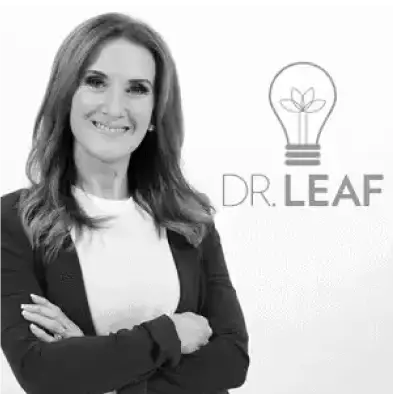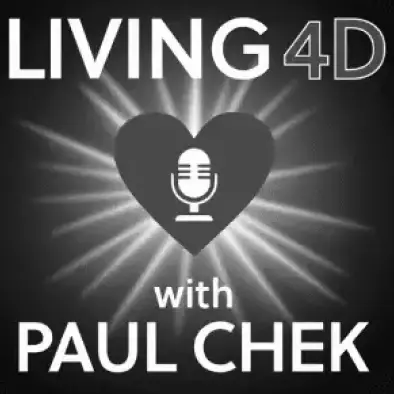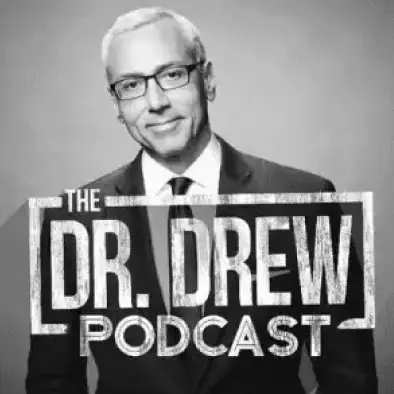-
1-800-719-BIOP (1-800-719-2467)
-
[email protected]

What's the best diet? Keto? Paleo? Raw food? Intermittent fasting? Why is everyone contradicting each other?
What's the best diet for weight loss?
What's the healthiest way to eat? Are fats bad? Good? Are carbs evil? Is eating plants the best way?













































Our mission is focused on customer obsession. If after trying our products you don't feel we are the BEST IN CLASS, we will refund your money. PERIOD. We're THAT confident you'll love our products and that's why we give you 365 days to try them. You have nothing to lose so take advantage of this amazing deal today.





We work with one of the top Chinese herbal experts in the world.
We work with the top probiotic scientists.
We work with one of the smartest formulators in the world who has 4 decades of experience in the game.
We work with a man we believe is possibly the greatest plant extractor expert on Earth.
We employ the best nootropic stack designer we’re aware of.
We have helped over 450,000 legendary clients optimize their health since 2004. We’ve been in business for 17 full years. Our average rating for all of our products is an 8.95/10.
We understand you might be skeptical. There’s plenty of companies making big claims. However, we invest in the research. Almost no other supplement company does.
We have created a partnership and invested heavily with the Burch University in Sarajevo and created a probiotics lab with multiple PHDs in Bosnia working on creating the evolution of probiotics.
We never stop evolving the products. We keep researching and testing and upgrading the formulas. We have a million dollar lab filled with multiple genius PHDs running non-stop experiments on every ingredient and every formula to maximize their effectiveness.

Scientific Advisor

Probiotics Expert

Lab technician and expert in molecular docking

Lab technician in Plant Cell Culture

BSc in Genetics and Bioengineering

BSc in Biology, Ecology

Scientific Advisor

Probiotics Expert

Lab technician and expert in molecular docking

Lab technician in Plant Cell Culture

BSc in Genetics and Bioengineering

BSc in Biology, Ecology
The Strongest Promise In The Industry:

And to make sure you have plenty of time to give our product a fair shot and make your decision, we’re giving you 365 days to decide.
In the highly unlikely event you don’t think this is the best product in its class you’ve ever tried, we refuse to keep even a penny of your money.
Just contact us, let us know where we could be better, and our customer happiness team will take complete care of it.
The Strongest Promise In The Industry:


In this 12 week program, you’re going to discover how to achieve AWESOME health and double your energy with natural, tested, and scientific strategies.

Thank you for trusting us with your health.

CEO/Co-founder of BIOptimizers